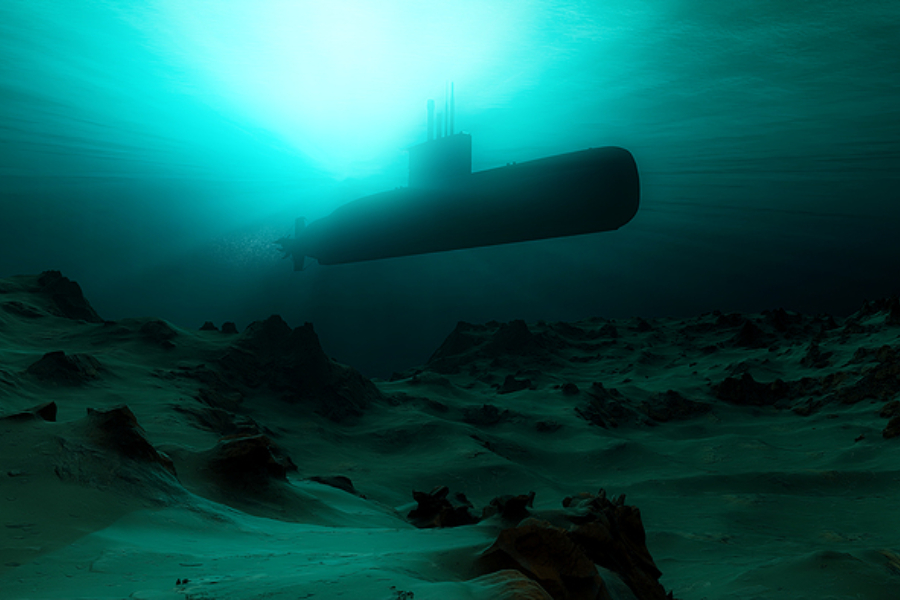Understanding How Submarines Are Able To Operate In The Deep

Mankind has explored and navigated the depths of the seas for centuries, employing various methods to travel underwater.
While many had attempted to create something that would allow them to explore underwater, such as Alexander the Great’s glass barrel, which was essentially a primitive diving bell, it was not until 1776 that the first officially documented submarine was created. Known as the Turtle, it was created during the American Revolution War.
How do submarines maintain the same pressure as the surroundings?
The designs of submarines are in such a way that the pressure in the hull matches the atmospheric pressure at sea level. This straightforward yet complex design is imperative as the slight difference in pressure from the surrounding can result in implosion, leaks, and structural failures, all of which ends with significant loss of life.
When the submarine is at the surface of the ocean, the ballast tanks are filled with air. This process allows the submarine to be less dense than the ocean, enabling it to float. When the submarine has to enter the ocean, the air is released from the ballast tanks, replacing it with water. The submarine’s internal pressure is controlled by the internal air pressure and the pressure exerted by the surrounding ocean.
As the submarine dives deeper, the pressure exerted on the submarine increases, pressing against the internal air pressure. Hence, to balance out the difference in pressure, the ballast tanks are pumped out or flooded, depending on the need to descend or ascend. Additionally, every submarine has an internal system, also known as pressure spheres, which helps prevent the internal air pressure from rising exponentially.
What are pressure hulls?
Pressure hulls are vital structures in a submarine. They are the main watertight structures that support the submarine’s structure and are designed to withstand the surrounding ocean’s pressure, protecting the systems and crews stationed in the submarine.
As they have to be watertight, one of the most crucial tasks that engineers need to note when designing a submarine is to make sure that the pressure hulls are 100% leak-resistant and are able to withstand the immense pressure exerted by the ocean depth without deforming or collapsing.
What causes a submarine to implode?
Despite being designed to cope with the incredible pressure of the ocean depths, the risk of submarines imploding still remains, to this day, one of the largest concerns. Implosion occurs when the external pressure of the ocean exceeds the structural integrity of the submarine’s pressure hull, resulting in it to collapse.
Conclusion
Maintaining an equal amount of pressure as the surrounding ocean is vital for the safe operation of the submarine. Regulating the submarine’s internal pressure is vital to make it adequately durable to be able to withstand the immense pressure of the depth of the ocean, protecting every internal system and crew stationed in it.
Hence, having an immense knowledge of the fundamentals of pressure plays a critical role when designing a submarine. Additionally, you have got to have strong fundamentals in other aspects of physics, too! If this has piqued your interest in the subject, how about finding out more about the heights of the sky and if it is possible to really get sucked out of an aircraft
Physics certainly is a subject that takes place in our daily lives. With Physics Tuition, we will explore all you need to know to help you develop the right fundamentals. Contact us to find out more about our classes today!